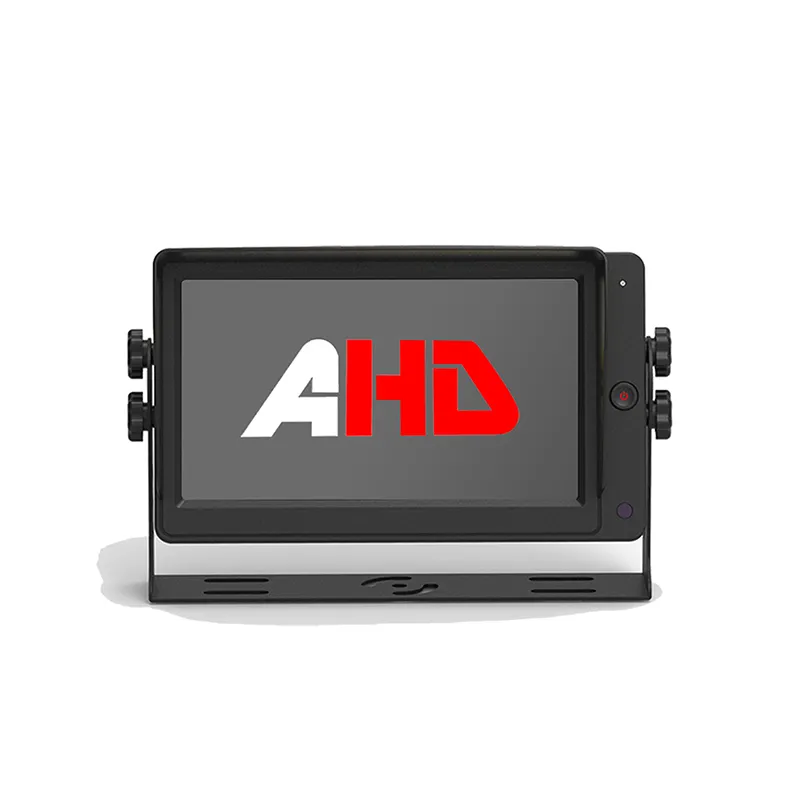What's the Key Features of an AHD Monitor?
2024-12-06
An AHD Monitor refers to a display designed specifically to work with Analog High Definition (AHD) video technology, primarily used in surveillance systems. AHD is a video transmission standard that allows high-definition video (up to 1080p or higher) to be sent over traditional coaxial cables. Here's a breakdown of what an AHD Monitor is and its applications:
Key Features of an AHD Monitor
1. High-Definition Display
- Supports resolutions like 720p, 1080p, and sometimes even higher, ensuring sharp and clear video footage.
2. Compatibility with AHD Cameras
- Works seamlessly with AHD surveillance cameras, displaying real-time, high-quality video feeds.
3. Multiple Video Input Options
- Equipped with BNC connectors for AHD video signals and may also support CVBS (standard analog), TVI, CVI, and sometimes HDMI or VGA inputs for versatility.
4. Durable and Reliable Design
- Often built with rugged components for 24/7 operation in surveillance setups.
5. Advanced Image Processing
- Includes features like wide dynamic range (WDR), contrast adjustment, and color correction to enhance video clarity.

Applications of an AHD Monitor
1. Surveillance Systems
- Widely used in security systems for monitoring feeds from AHD cameras in homes, offices, warehouses, or public spaces.
2. Retail and Commercial Environments
- Installed in retail stores, malls, and commercial establishments to display live security footage.
3. Vehicle Monitoring
- Used in buses, trucks, or other vehicles with AHD camera systems to provide live monitoring for safety.
4. Industrial Settings
- Ideal for factories or construction sites requiring real-time surveillance with high-definition clarity.
5. Home Security
- AHD monitors paired with AHD cameras offer a cost-effective solution for home surveillance.
Advantages of Using an AHD Monitor
- Cost-Effective: Provides high-definition video without requiring expensive IP-based setups.
- Ease of Integration: Compatible with existing analog coaxial cable infrastructure, reducing the need for rewiring.
- Real-Time Monitoring: Minimal latency ensures live video feeds are displayed without delay.
- Scalability: Supports multi-channel setups for monitoring multiple cameras simultaneously.
Considerations
- Cable Distance: AHD technology supports long transmission distances (up to 500 meters over coaxial cables), but the quality may degrade if cables are substandard.
- Camera Compatibility: Ensure that the AHD monitor matches the resolution and technology of the connected cameras.
In summary, an AHD Monitor is a vital component in modern analog surveillance systems, offering high-quality video display with reliable performance. It’s an excellent choice for users seeking affordable high-definition monitoring solutions without transitioning to IP-based systems.


